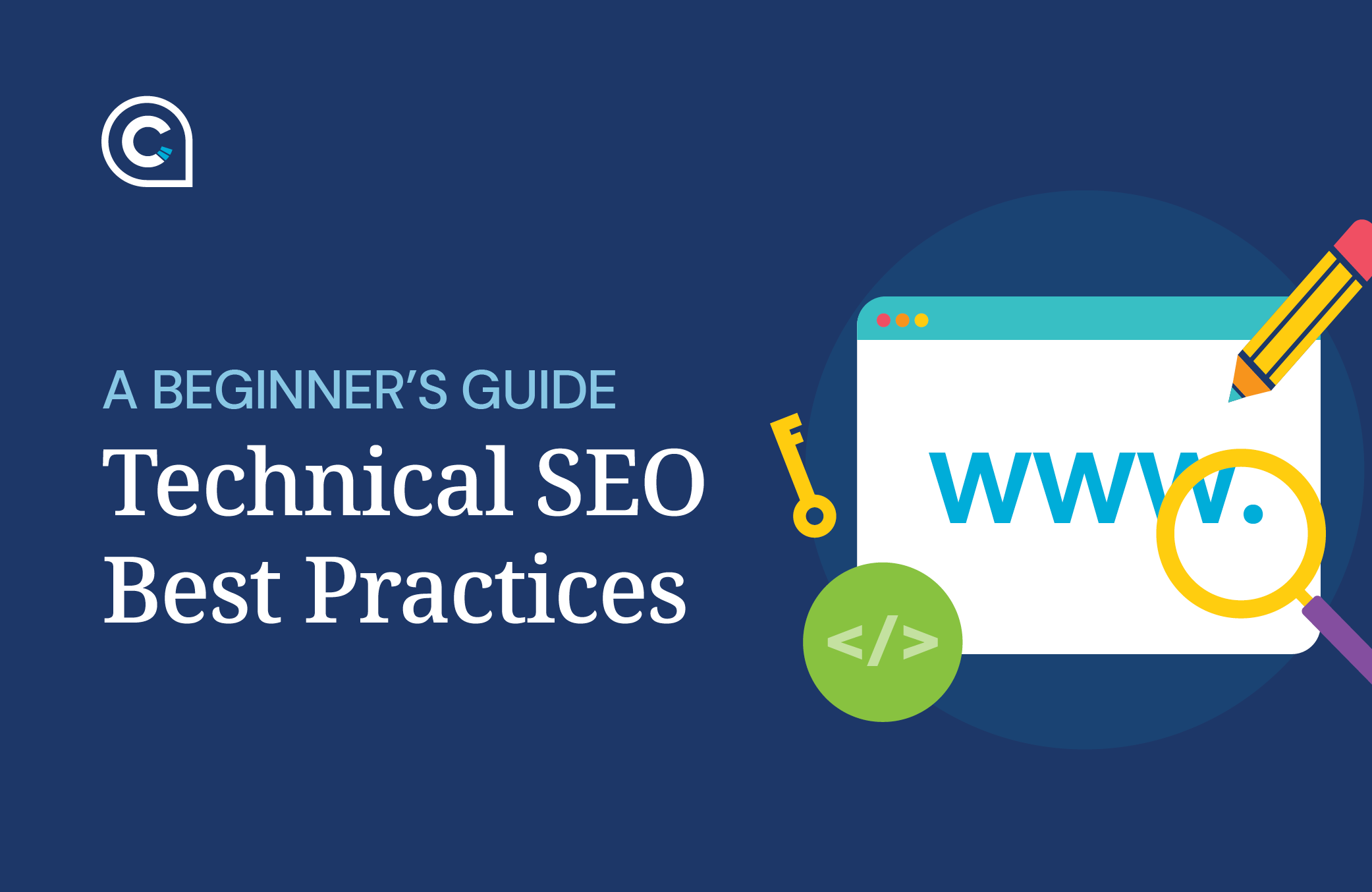
Technical SEO Best Practices: A Beginner’s Guide
In today’s competitive digital space, mastering technical SEO best practices is crucial for any business looking to succeed online. With search engines constantly evolving, it’s imperative to stay ahead of the game by understanding and implementing effective strategies. We aim to demystify technical SEO best practices for beginners, focusing on its importance and how it can enhance website performance. Whether you’re a small business owner, digital marketer, web developer, or manage marketing for a nonprofit, this article provides actionable insights to improve your website’s ranking and visibility.
What is Technical SEO?
Technical SEO refers to the optimization of a website’s infrastructure to enhance its visibility in search engine results. Unlike content-focused SEO, which deals with optimizing the actual content on the page, technical SEO involves the underlying website architecture, making it easier for search engines to crawl, index, and render your site. It lays the foundation for effective SEO strategies by ensuring that search engines can access and understand your content effortlessly.
Importance of Technical SEO for Website Success
Technical SEO is the backbone of a successful online presence. Without a solid technical foundation, even the best content may go unnoticed. By implementing technical SEO best practices, you enhance your site’s user experience, improve its search engine ranking, and ultimately drive more organic traffic. This is particularly vital for small businesses and nonprofits competing in crowded markets.
Overview of Key Technical SEO Factors
To achieve optimal website performance, you must consider several factors, including crawlability, indexability, renderability, site architecture, mobile-friendliness, page speed, and security. Each of these components plays a critical role in determining your site’s visibility and effectiveness.

Crawlability
What is Crawlability?
Crawlability refers to how easily search engine bots can access and explore your website. If your site is difficult to crawl, important pages may not be indexed, affecting your search visibility.
How to Improve Crawlability
- Create a Sitemap: Submit an XML sitemap to search engines to help them discover all your site’s pages efficiently.
- Fix Broken Links: Regularly check for and repair broken links to ensure that search engines and users can access all parts of your site.
- Optimize Robots.txt: Configure your robots.txt file to guide search engines on which pages to crawl and index.
- Use Clear URLs: Employ clean and descriptive URLs to make it easy for search engines to understand your page content.
Indexability
What is Indexability?
Indexability is the ability of search engines to include your web pages in their index. Without proper indexability, your site won’t appear in search results, limiting its reach.
How to Improve Indexability
- Create High-Quality Content: Develop valuable, unique content that encourages search engines to index your pages.
- Use Relevant Keywords: Incorporate keywords naturally within your content to signal its relevance to search engines.
- Avoid Duplicate Content: Ensure each page has unique content to prevent search engines from devaluing your site.
- Optimize Header Tags: Use header tags (H1, H2, H3) to structure your content and highlight important topics.
Renderability
What is Renderability?
Renderability pertains to how well search engines can process and display your site’s content. It ensures that pages load correctly and appear as intended across different devices.
How to Improve Renderability
- Optimize Website Code: Minimize and compress HTML, CSS, and JavaScript to enhance rendering speed.
- Use Mobile-Friendly Design: Implement responsive design to ensure your site adapts to various screen sizes.
- Improve Page Load Speed: Enhance loading times by optimizing resources and utilizing browser caching.
- Validate HTML: Regularly check for HTML errors to ensure smooth rendering.
Site Architecture
What is Site Architecture?
Site architecture refers to the organization and structure of your website’s pages. A well-structured site not only improves user experience, it enhances search engine crawling. A well-defined site structure is also one of the key technical SEO best practices to implement.
How to Improve Site Architecture
- Create a Clear Hierarchy of Pages: Organize content logically, with a clear path from top-level pages to deeper ones.
- Use Internal Linking Effectively: Link related pages to distribute link equity and guide users through your site.
- Avoid Orphan Pages: Ensure all pages are linked from other parts of your site to boost visibility.
- Optimize URL Structure: Use short, descriptive URLs that reflect the content of the page.

Mobile-Friendliness
Importance of Mobile-Friendliness
With more and more users accessing websites through their mobile devices, mobile-friendliness is non-negotiable. It directly influences user experience and search engine rankings.
How to Make Your Website Mobile-Friendly
- Use Responsive Design: Ensure your site automatically adjusts to fit different screen sizes.
- Optimize for Smaller Screens: Tailor content and navigation to be easily accessible on mobile devices.
- Improve Mobile Page Load Speed: Streamline resources to enhance loading times on mobile connections.
Page Speed
Importance of Page Speed
Page speed is a critical factor in user satisfaction and search engine ranking. Faster sites, indicated by fast LCP, provide better user experiences and are favoured by search engines.
How to Improve Page Speed
- Optimize Website Code: Remove unnecessary code and reduce file sizes to speed up loading.
- Optimize Images: Use appropriate formats and compress images without sacrificing quality.
- Improve Server Configuration: Ensure your server is optimized for fast response times.
- Use a CDN: Implement a Content Delivery Network (CDN) to distribute content efficiently.
Security
Importance of Website Security
Website security protects both your business and users from malicious attacks. Secure sites also gain trust from search engines, improving rankings and are considered to be good technical SEO best practices to follow.
How to Improve Website Security
- Use HTTPS Encryption: Secure your site with SSL/TLS certificates to encrypt data.
- Keep Software Up-To-Date: Regularly update CMS, plugins, and other software to patch vulnerabilities.
- Implement Security Measures: Use firewalls, security plugins, and regular backups to protect your site.
Conclusion
Technical SEO best practices are essential for building a strong, competitive online presence. By focusing on key factors such as crawlability, indexability, renderability, and more, you can significantly enhance your website’s performance and search visibility. Remember, ongoing SEO maintenance is crucial to adapt to evolving search engine algorithms and user expectations.
Ready to elevate your SEO game? Subscribe to our newsletter for more insights, or reach out to our team for personalized advice on improving your site’s technical SEO.
Want to make your marketing decisions data-driven?
Talk to the marketing experts at Cyan today. Contact Us.

Discover what Cyan can do for you
We want to get to know you better so we can understand what services are going to help you meet your goals.